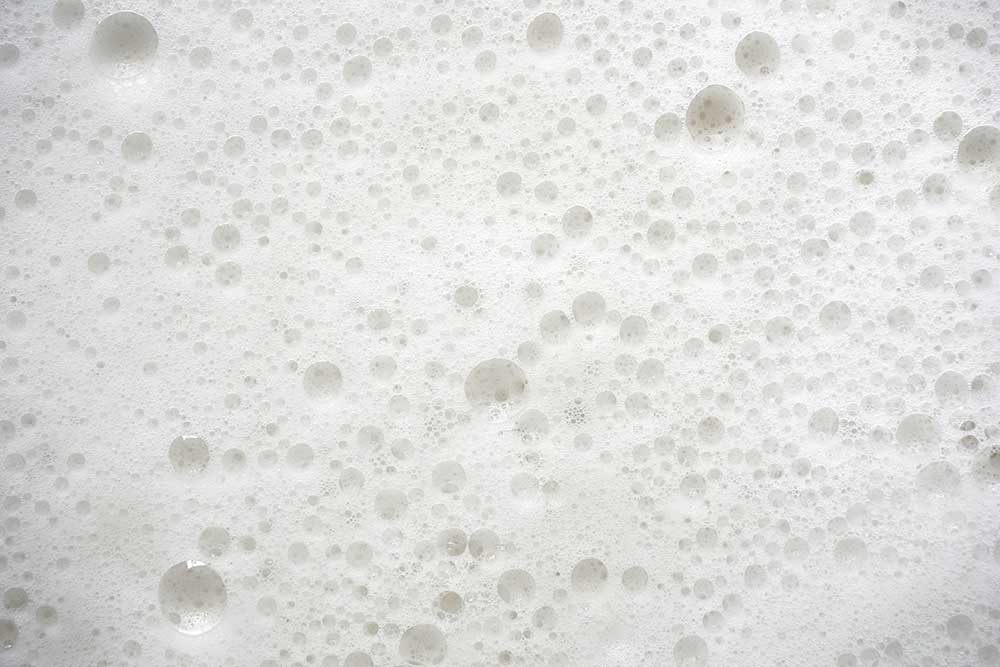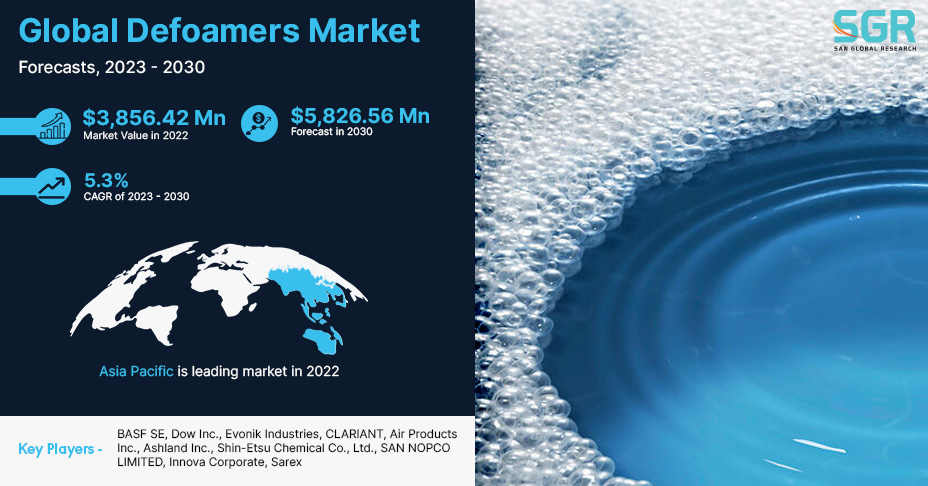Defoamers: Essential Tools for Enhancing Efficiency in Cleaning Products
Selecting the Right Defoamer for Your Specific Application Demands
Selecting the proper defoamer for specific application demands is a nuanced process that demands cautious factor to consider of several variables, such as the foam operating, kind, and tool conditions. Recognizing the nuances of defoamer performance-- consisting of speed and determination-- while likewise representing environmental and regulatory aspects is critical. Additionally, taking part in trials and speaking with suppliers can supply important insights. However, browsing these intricacies can be challenging, and the effects of a poor choice might be substantial. What approaches can be used to guarantee an optimal choice?
Understanding Foam Development
Foam formation takes place when gas is caught within a fluid, creating a secure framework of bubbles. This phenomenon can dramatically affect various industrial procedures, specifically in fields such as food manufacturing, drugs, and wastewater therapy. The existence of foam can hinder mixing, reduce product top quality, and also result in operational inadequacies.
Foam commonly develops due to a mix of elements, consisting of surface-active agents, frustration, and the attributes of the liquid phase. Surfactants lower the surface stress of the fluid, promoting the formation of bubbles that can support and coalesce. Agitation, whether from mechanical mixing or gas intro, boosts bubble formation, leading to enhanced foam quantity.
Recognizing the mechanics of foam formation is critical for markets intending to enhance their procedures. By determining the specific conditions that advertise foam generation, companies can execute approaches to alleviate its results. This knowledge lays the foundation for picking proper defoaming representatives that successfully target the distinct challenges positioned by foam in different applications. As a result, an extensive understanding of foam formation is essential for boosting effectiveness and maintaining item integrity across numerous fields.
Kinds Of Defoamers Available
Numerous kinds of defoamers are offered to attend to the difficulties presented by foam in industrial applications. defoamers. Generally identified, defoamers come under three categories: silicone-based, non-silicone-based, and natural defoamers
Silicone-based defoamers are renowned for their performance and security across a wide array of temperatures and pH levels. They are normally used in applications where strong foam suppression is needed, such as in finishes, adhesives, and paints. Their low surface area stress enables quick foam collapse.
Non-silicone-based defoamers, often made from organic substances, use a choice for applications delicate to silicone deposits. These defoamers can be further divided right into polyether and ester kinds, each tailored to satisfy certain solution requirements. Non-silicone defoamers are regularly utilized in food processing and individual care products as a result of their compatibility with different formulas.
Natural defoamers, originated from plant or pet resources, are obtaining traction due to their green account. These items are specifically appealing in applications where governing compliance and sustainability are extremely important, such as in agrochemicals and biotechnology.
Selecting the ideal kind of defoamer is crucial for maximizing performance and ensuring compatibility with details applications.
Key Application Factors To Consider
When picking a defoamer, it is vital to think about the specific application requirements to make certain optimal performance. defoamers. Various industries have distinctive demands, such as food handling, drugs, or wastewater therapy, and each application may require distinct defoaming residential properties
Key elements to assess consist of the tool in which the defoamer will her response certainly be made use of, whether it is water-based, oil-based, or a mix thereof. The temperature level and pH levels of the application can additionally greatly affect the performance of a defoamer. Additionally, compatibility with various other chemicals present in the system is crucial to avoid negative reactions that can compromise efficiency.
One more crucial factor to consider is the lathering behavior visit this website of the specific system. Comprehending whether the foam creates promptly or slowly can direct the choice of a defoamer that targets the root reason effectively. The preferred rate of defoaming can influence the option, as some applications require quick action while others might endure slower defoaming procedures.
Last but not least, environmental and regulative considerations must not be forgotten, particularly in industries with rigorous compliance needs. Choosing a defoamer that aligns with these aspects ensures both effectiveness and security in the application.

Performance Testing Approaches
Evaluating the efficiency of a defoamer needs a methodical approach to screening that properly determines its efficiency in certain applications. Different performance testing techniques can be utilized to identify the optimum defoamer for an offered formulation.
One common approach is the bubble examination, which examines the defoamer's ability to reduce foam volume over time. This test involves creating a secure foam and after that including the defoamer to observe the price of foam collapse.

Eventually, choosing the proper efficiency testing method depends upon the particular application and the type of foam being addressed. Each approach uses important information that can assist formulation changes and enhance the performance of the defoamer in sensible applications.
Finest Practices for Choice


Following, take into consideration the defoamer's efficiency in regards to speed of action and determination. A quick-acting defoamer may be needed for procedures where fast foam reductions is important, while an extra relentless solution may be required for extended foam control. Furthermore, examine the environmental impact of the defoamer, including its biodegradability and any regulatory compliance requirements.
Conduct tests with selected defoamers to establish their effectiveness in real-world problems. By adhering to these finest practices, you can enhance foam control performance and guarantee the durability of your procedures.
Final Thought
In recap, choosing the suitable defoamer demands a detailed analysis of various elements, consisting of foam kind, medium, operating conditions, and environmental factors to consider. Understanding the one-of-a-kind qualities of foam development and the available defoamer choices is crucial. Furthermore, using effective performance screening methods and adhering to ideal practices throughout the option process will boost the likelihood of accomplishing optimum defoaming results. Eventually, an educated option strategy will attend to specific application requirements and alleviate frothing challenges efficiently.
Selecting the ideal defoamer for certain application needs is a nuanced process that requires mindful factor to consider of multiple elements, such as the foam type, tool, and operating problems.Choosing the right defoamer is vital for accomplishing ideal performance in foam control applications. A quick-acting defoamer might be required for processes where fast foam suppression is critical, while a much more relentless formula may be needed for long term foam control.In recap, picking the appropriate defoamer demands an extensive evaluation of numerous factors, consisting of foam type, medium, operating conditions, and ecological considerations. Understanding the distinct qualities of foam development and the readily available defoamer choices is important.